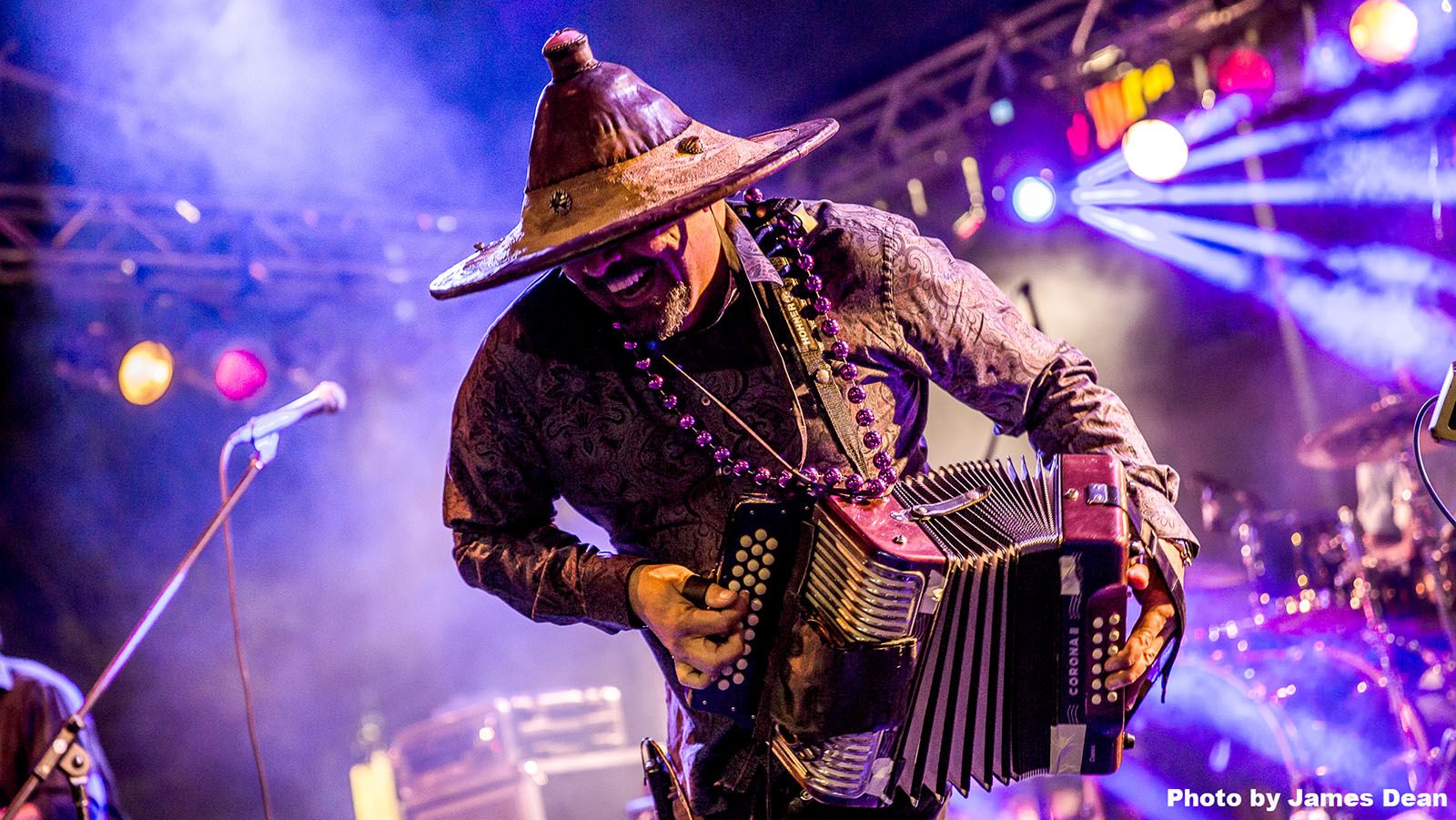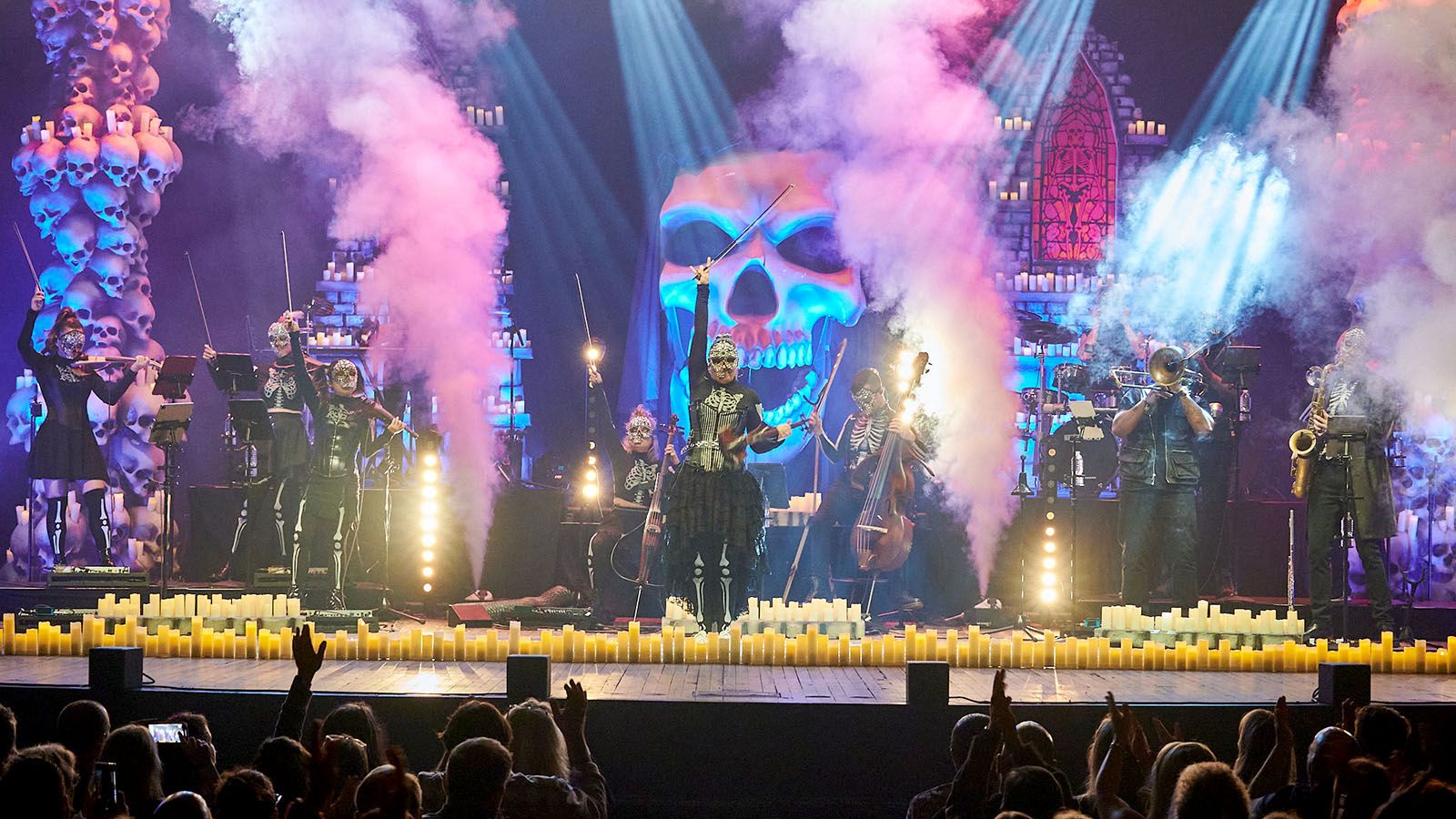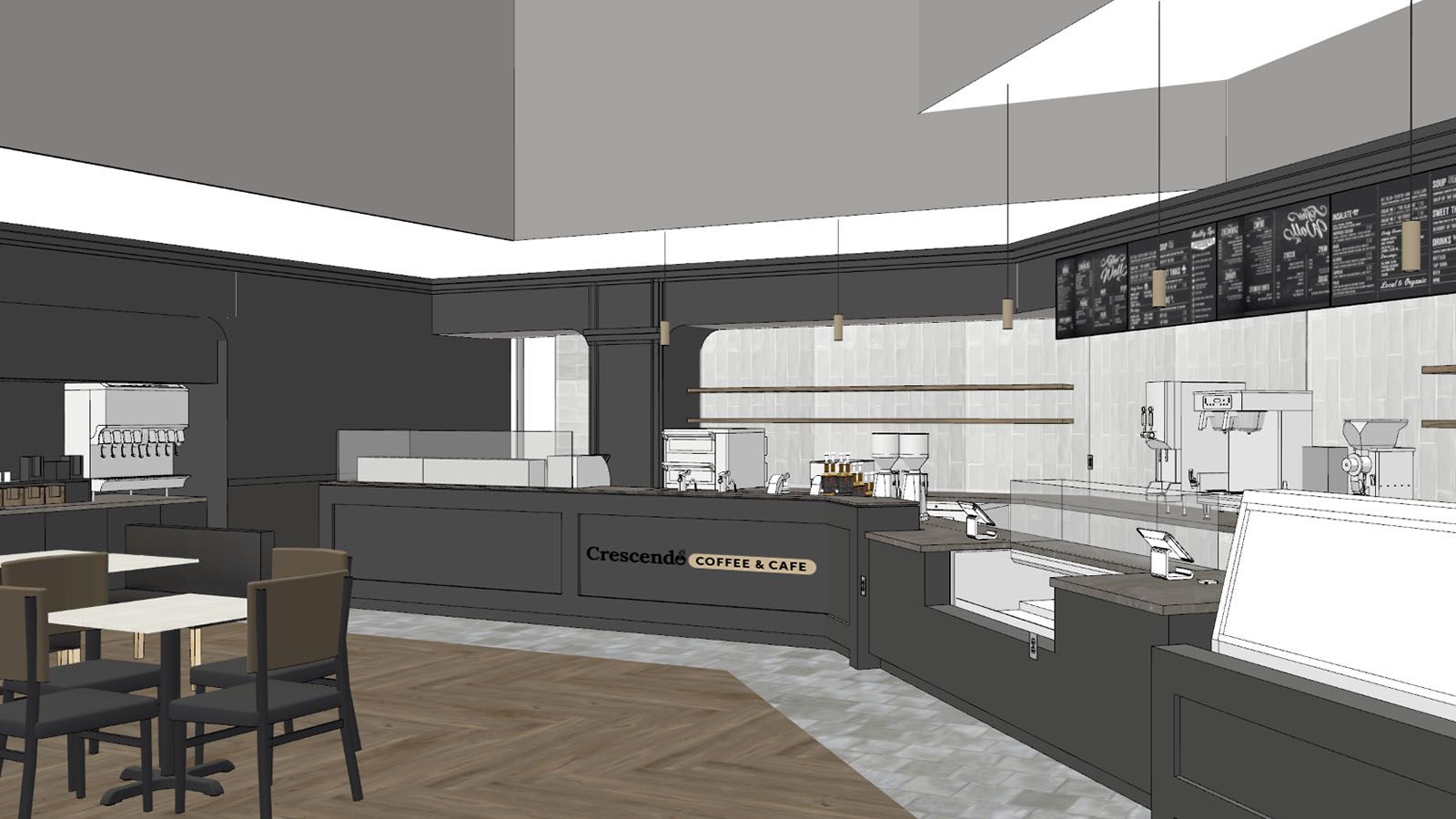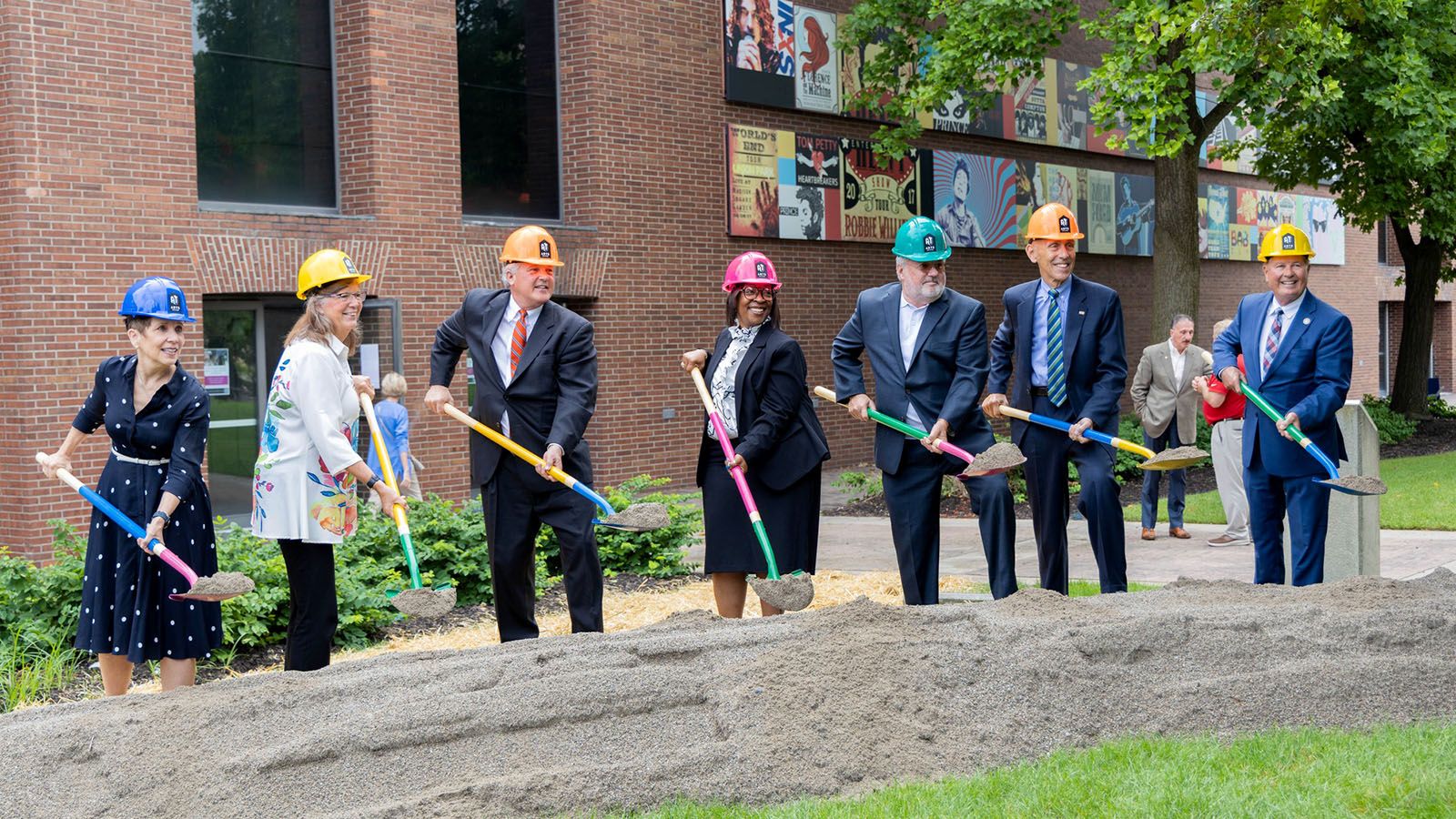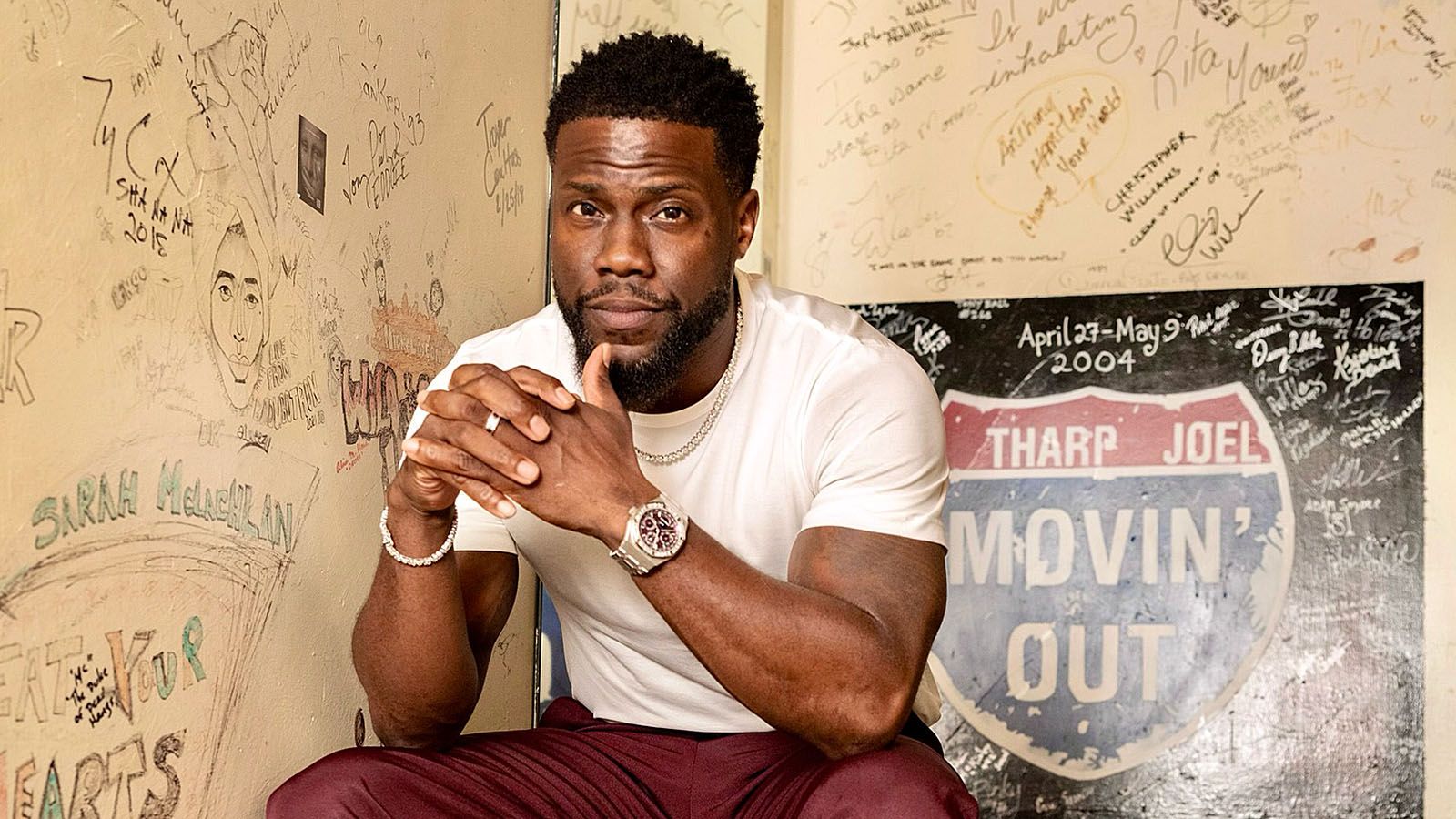If you are a music fan of a certain age, of which I also am, your first exposure to zydeco music likely came in 1986 with the release of Paul Simon’s masterpiece Graceland and the song “That Was Your Mother.” The song was a celebration of zydeco music and the Creole culture of Southern Louisiana.
After the mini-boom of zydeco acts that followed into the ’90s, the genre has returned to its roots as one of the most geographically specific musical styles you’ll find.
It’s rare to hear legitimate live zydeco music outside of The Pelican State, but that opportunity awaits Saturday, Aug. 24, at Baker Street Centre when Terrance Simien & The Zydeco Experience bring a taste of St. Landry Parish to The Summit City.
Terrance Simien & The Zydeco Experience
7:30 p.m. Saturday, Aug. 24
Baker Street Centre
323 W. Baker St., Fort Wayne
$25 · (260) 426-6434
No shortage of talent
Simien is a veteran performer and a passionate music historian.
His talents at vocals and accordion capably handle the two most important roles in any good zydeco song. Those talents have earned him the reputation as one of the top performers in roots music today, and he’s been rewarded with two Grammys, including Best Regional Roots Music Album for 2014’s Dockside Sessions and Best Zydeco or Cajun Music Album for 2007’s Live! Worldwide.
Simien maintains a skilled band to share his passion for his craft and culture. This is a full band with multiple Grammy winners, graduates of elite music schools, led by an eighth-generation Louisiana Creole with more than 40 years of music experience.
With a mix of polished veterans and hot young players, The Zydeco Experience are a tight touring band.
Simien’s longtime bandmate, close friend, and creative collaborator Danny Williams handles keyboard and vocals. He’s been playing professionally more than 30 years and has two Grammy awards on his shelf.
Bassist Stan Chambers has more than 15 years of playing on his résumé and a Grammy of his own.
Ian Molinaro–Thompson joins the band on drums from the renowned Berklee College of Music.
Michael Christie on trumpet and Noah Boshra’s saxophone complete the sound.
Ebb and flow of popularity
You can be forgiven for assuming zydeco has New Orleans roots. It really doesn’t.
Born of a 19th century musical tradition called jure, its original lyrics were strictly French, and its rhythms came from African and Caribbean backgrounds. These simple compositions moved slowly over decades from hand claps and call-and-response to accordions, fiddles, and found-object percussion.
As the Jazz Age came to Louisiana, the complicated and insular history of Creole culture increasingly interacted with the culture and music coming from The Big Easy.
Zydeco evolved to include English lyrics and influences of jazz. The English lyrics made it palatable to a larger audience, and the music flowed out from Southern Louisiana to the rest of the country, picking up influences of rock, funk, and R&B into the mid ’80s.
A big year for zydeco was 1986, with national attention gained from Graceland, which won the Album of the Year Grammy. Zydeco also had a featured setting in the popular movie The Big Easy.
Formerly, regional legends like Buckwheat Zydeco and Clifton Chenier were suddenly national celebrities.
However, like many regional music revivals, fickle audiences moved on and national interest in zydeco waned.
Leaving impact
Simien has been an ambassador to his Creole musical heritage before, during, and after the explosion and fade of the genre on a national stage. He’s performed more than 10,000 concerts and his work has been rewarded with two Grammys. His band have served in U.S. State Department cultural diplomacy tours since the mid-1980s, including twice in Ukraine (2012, 2015) with the U.S. Embassy in Kiev.
His dedication to service drives his passion to share his culture.
In 2000, Simien founded Creole4Kidz, an innovative multicultural performing arts program that features weeklong residencies at schools, performing art centers, libraries, and band rooms.
His ongoing goal has been to inspire students to gain greater appreciation for and become more knowledgeable about American and Black roots music. That mission has reached more than 500,000 students, parents, and educators all over the world.
